The quality of our food depends on the feed of the animals. In other words, the more fresh grass or hay a cow eats, the higher the quality of its milk and meat (see also blog article from August). In order to guarantee sustainable milk production in the future and to secure the existence of small dairy farmers, the association “Hay Milk Switzerland” was founded.
Hay-milk farmers have to fulfil various criteria: The cows need to have a lot of exercise according to the RAUS label, the feeding of silage (fermented fodder) is forbidden, at least 75% (85% in mountain areas) of the fodder must be farm fodder, the concentrated fodder must not exceed 10% and, last but not least, the conservation of grassland and the management of biodiversity areas are regulated in order to promote the biodiversity of the plants on the pastures. You can find the entire hay-milk regulation directly on the homepage.
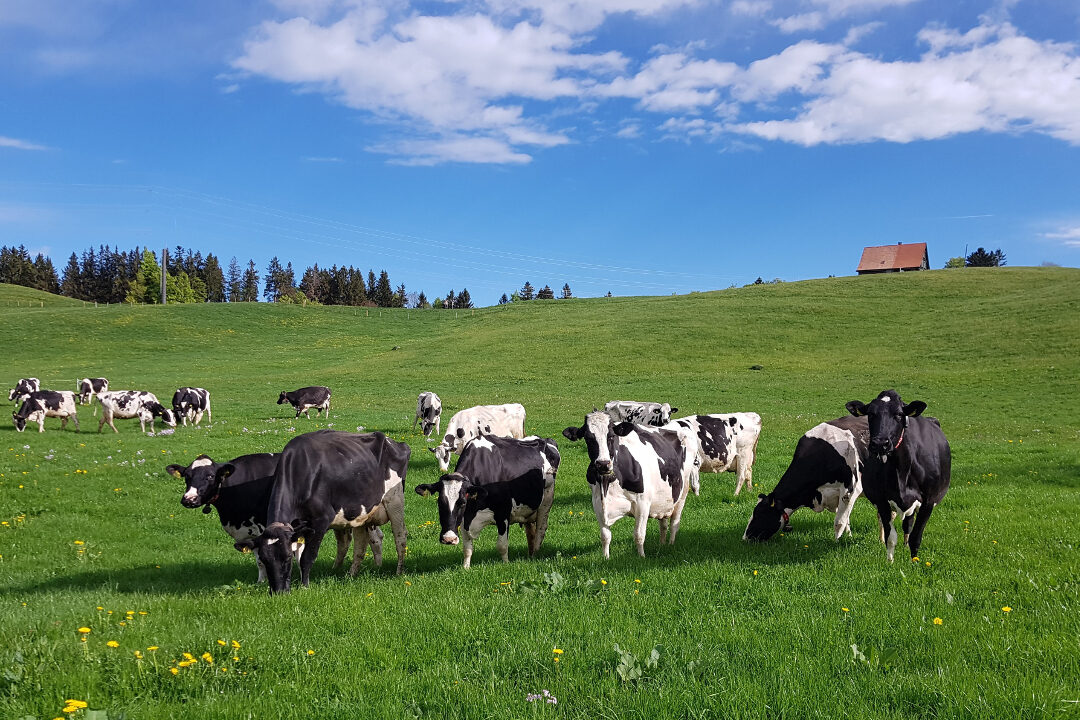
Prices like 50 years ago
With hay milk, not only the quality of Swiss milk is kept high, the farmer families also receive a milk price that, at 73 centimes, is significantly higher than the one of their professional colleagues. The “fair” initiative also aims to achieve a milk price that covers costs. So that Swiss consumers can continue to enjoy fresh milk from regional and manageable family farms with stricter animal welfare regulations than in the EU and significantly shorter transport routes, the initiators demand a milk price of 75 centimes.
The chart below clearly shows the composition of the retail price today and the extent to which the margins of intermediaries have risen over the last 30 years.
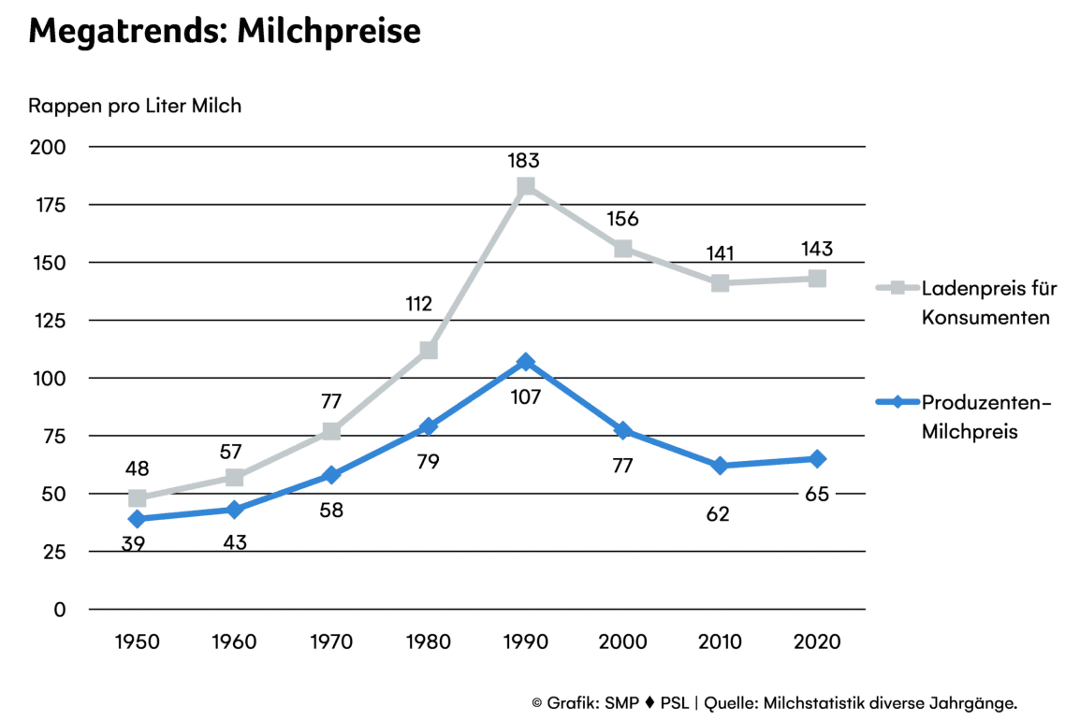
In 2018, a farmer will receive an average of around 55 centimes for one litre of milk, which is about the same as 50 years ago, although the regulations have become much stricter and costs have risen in the meantime. At the same time, the price in the shop has almost doubled. Milk production today is no longer cost-covering. This is also reflected in the number of milk producers: since 1950 the number of Swiss dairy farmers has fallen from 137,000 to 21,000. That is around 85 percent less.
During the same period, milk consumption per capita has also fallen – from 230 litres in 1950 to 70 litres in 2010.
Same name, different content
In addition to milk, more and more vegetable alternatives made from soya, rice, oats and almonds can be found on the shelves. Although some of the substitutes are over four times more expensive than normal whole milk, most of them are made from water and contain only 14 percent rice, 8 percent almonds or 9.5 percent soya, as tests of the consumer magazine “K-Tipp” show. In an interview with the magazine, nutritionist Beatrice Conrad explains that whole milk contains all the main nutrients required by the human body: Carbohydrates, fat and protein. Milk products are also important sources of calcium, which plays an important role in muscle activity and is one of the building blocks of bones.
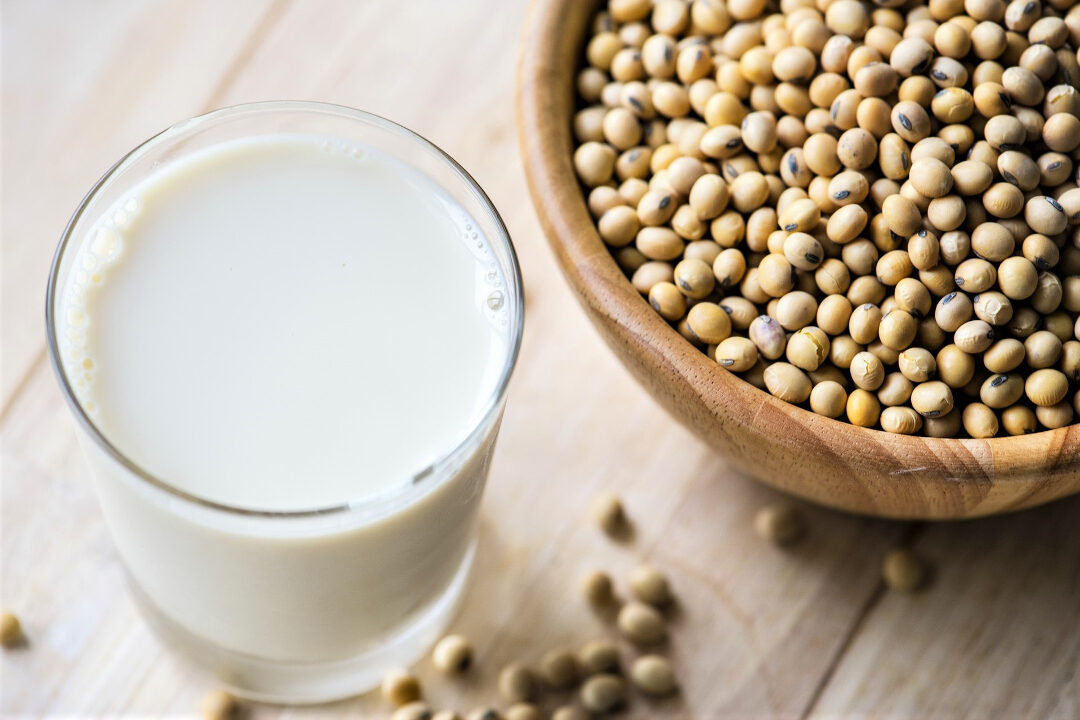
Rice and oats, on the other hand, are cereals and, in terms of nutrient distribution, not comparable to whole milk. They contain only traces of protein and at least twice as many carbohydrates, which contain a lot of natural sugar. Although almond milk has as much fat as whole milk, it also contains very little protein. Only soy milk has almost the same nutrient distribution as whole milk – only the calcium is missing.
“K-Tipp” not only tested the composition of different types of milk, but also examined the effects of the feed on milk quality. The laboratory test of September 2017 proves that the quality of Swiss whole milk is generally very high: Pesticide residues were not found in any of the 15 products. There were also only slight differences in the quality of the normal whole milk varieties, due to the good feeding conditions of dairy cows in Switzerland – more than 80 percent of the animals spend most of their time outdoors from May to the end of October.
Differences were particularly evident in vitamin and omega-3 content: while mountain milk products generally contain a large number of vitamins, organic and Demeter milk have a higher omega-3 content. Conclusion: The greater the proportion of different herbs in roughage and the less concentrated feed the cows receive, the more valuable ingredients their milk contains.
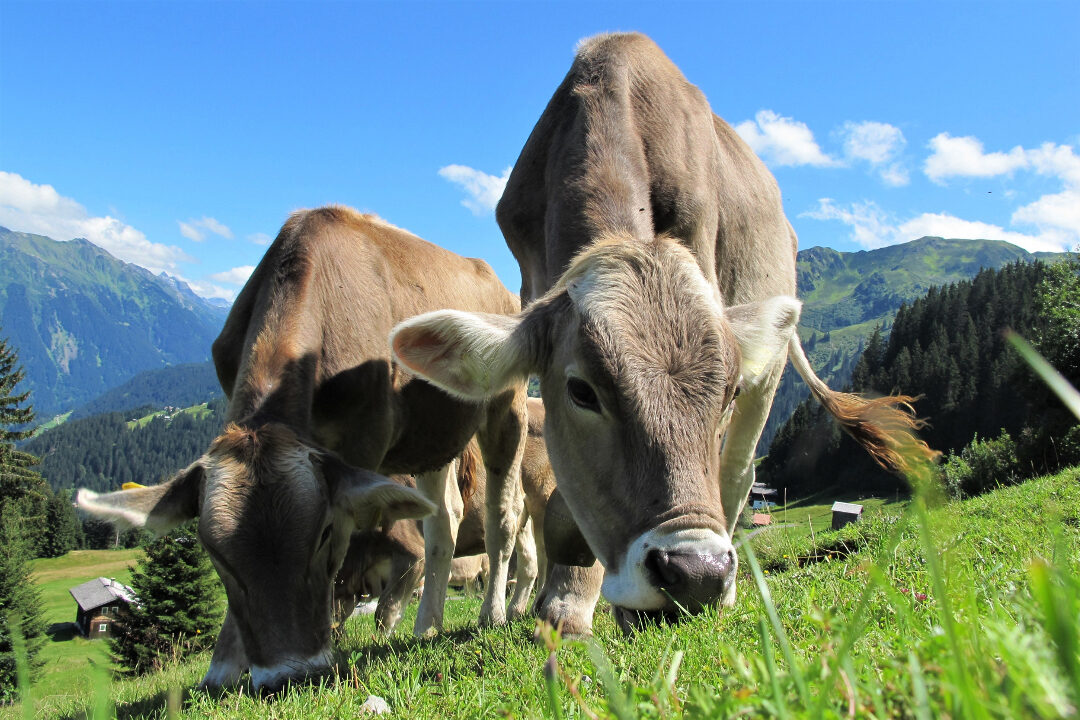
Milk facts
-In summer a cow eats up to 80 kilos of local meadow fodder per day and gives 20-25 litres of milk.
-The conversion from grass to milk takes two to three days.
-One cow gives most milk after the third lactation (third calf). Then it can become up to 35 liters daily.
-While a cow in the USA had almost 10,000 litres of milk per year in 2013, in Switzerland it was “only” 7,400 litres per animal. This big difference can be explained by the fact that in the USA concentrated feed is the main type of feed, but it has a negative impact on milk, meat, cow health and the environment.
-The proportion of vitamins A, B12 and E in UHT milk is practically the same as in pasteurized milk. The short heating time is important for germs to die and for the milk to keep longer.
-Skimmed milk contains fewer vitamins than whole milk. The fat-soluble vitamins A, D and E are partly lost during skimming, which is unfavourable because vitamin D is important for incorporation into the bones.
–Slim with milk? The high content of calcium and protein supports the body in burning fat and inhibits the formation of new fat. In addition, protein-rich meals are a good source of satiety, increase energy consumption in conjunction with muscle build-up and prevent hot hunger attacks because the blood sugar remains stable for longer.
-For one litre of milk, 500 litres of blood must flow through the glandular tissue in the cow’s udder in order to flush enough milk constituents into the udder and form the special milk constituents, milk protein, milk fat and milk feed (lactose).
-Today, less than 2% of cows in Switzerland are milked by hand because the process is very strenuous and lengthy. The most common method is milking with milking equipment or with a milking robot, in which the cows themselves can decide when they want to be milked.
-People with lactose intolerance cannot digest lactose because their small intestine mucosa cells produce little or no lactase and this leads to fermentation processes in the stomach with flatulence and diarrhoea.
-People in northern countries more often tolerate lactose than their southern neighbours.
-Around 70% of the world’s population is lactose intolerant. While the proportion in Africa and South America is limited to 60%, it is up to 98% in Southeast Asia and China.
Sources: Swissmilk.ch, K-Tipp (vitamins in UHT milk), Centre of health (lactose intolerance), Landwirtschaft.ch (development of milk)
Thanks to Mucca, you and your family drink fresh milk from Swiss cows every day. Visit the farmer near you today for a taste.

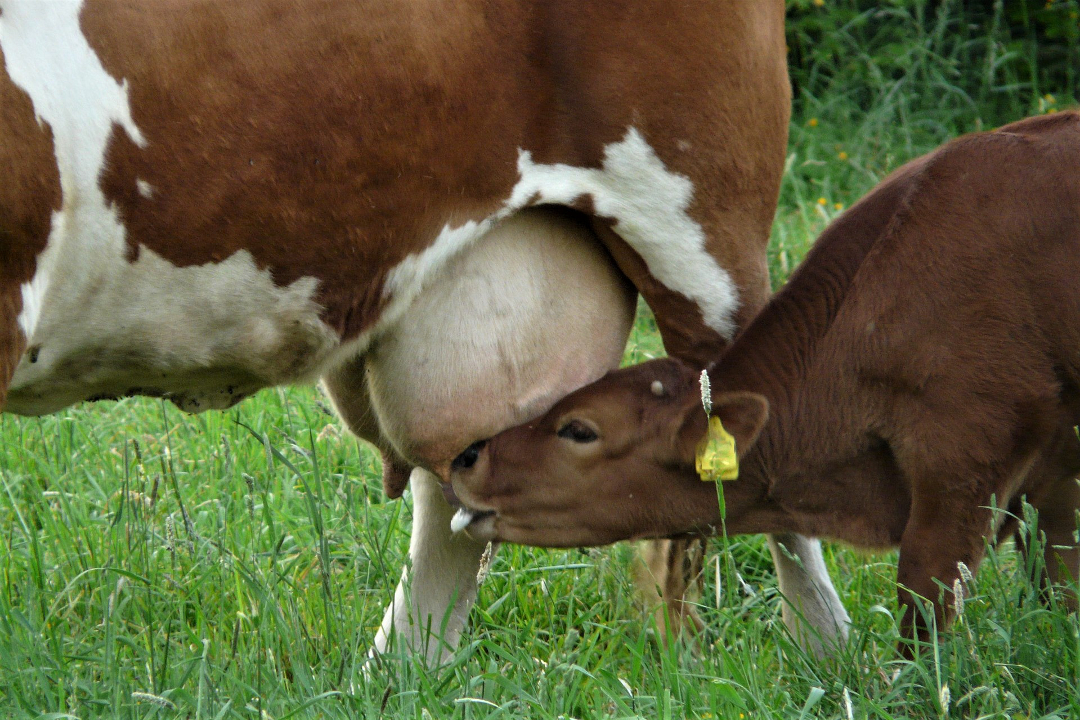




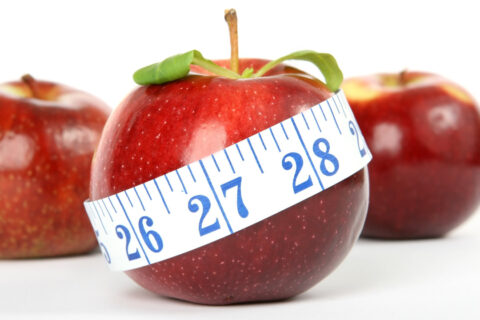
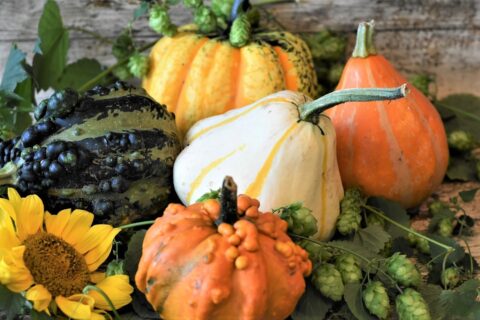
Leave a comment